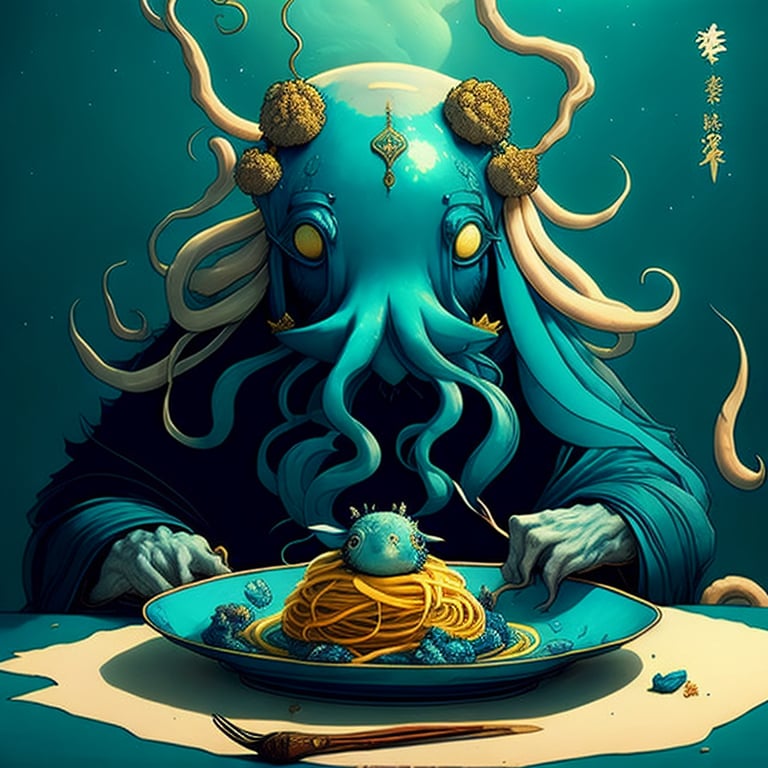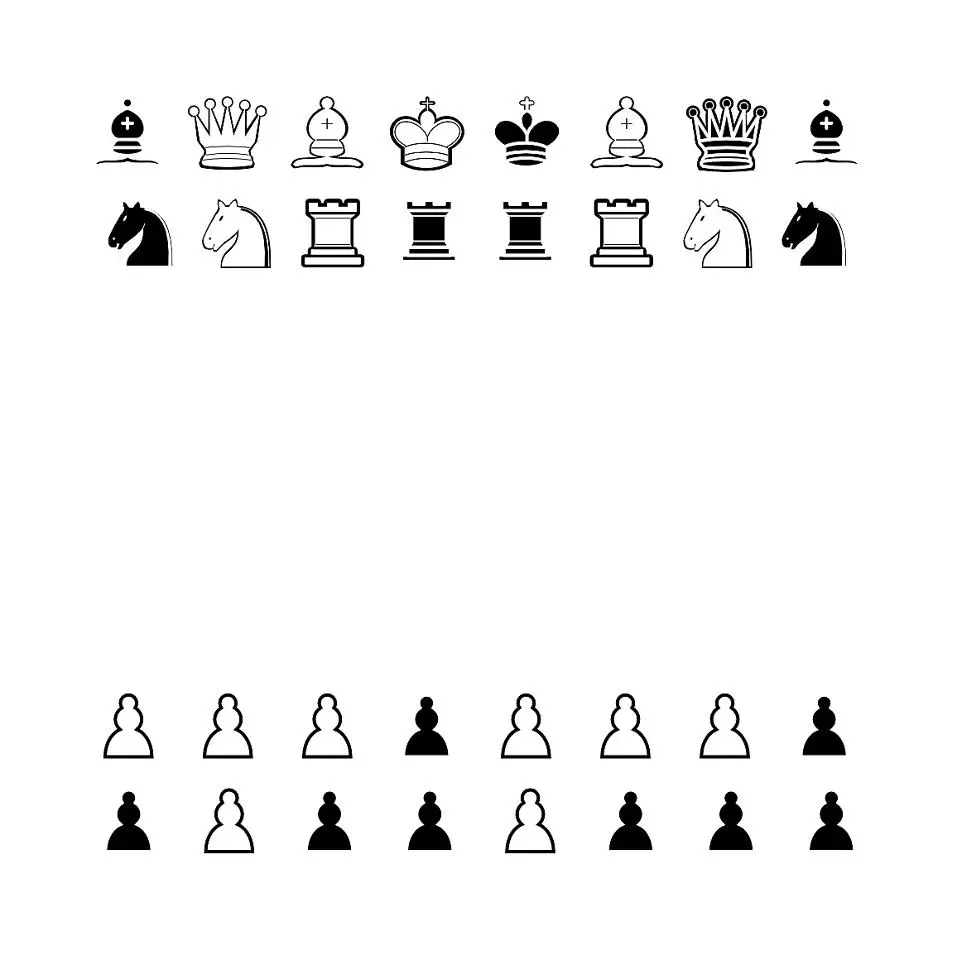- cross-posted to:
- hackernews@derp.foo
- cross-posted to:
- hackernews@derp.foo
Ishi (c. 1861 – March 25, 1916) was the last known member of the Native American Yahi people from the present-day state of California in the United States. The rest of the Yahi (as well as many members of their parent tribe, the Yana) were killed in the California genocide in the 19th century. Widely described as the “last wild Indian” in the U.S., Ishi lived most of his life isolated from modern North American culture, and was the last known Native manufacturer of stone arrowheads. In 1911, aged 50, he emerged at a barn and corral, 2 mi (3.2 km) from downtown Oroville, California.
Ishi, which means “man” in the Yana language, is an adopted name. The anthropologist Alfred Kroeber gave him this name because in the Yahi culture, tradition demanded that he not speak his own name until formally introduced by another Yahi. When asked his name, he said: “I have none, because there were no people to name me”, meaning that there was no other Yahi to speak his name on his behalf.
Anthropologists at the University of California, Berkeley, took Ishi in, studied him, and hired him as a janitor. He lived most of his remaining five years in a university building in San Francisco. His life was depicted and discussed in multiple films and books, notably the biographical account Ishi in Two Worlds published by Theodora Kroeber in 1961.
Alfred & Theodora Kroeber are Ursula K. Le Guin’s parents. And if you’ve read her books, you have already heard echoes of Ishi.
also:
Ishi is revered by flintknappers as probably one of the last two native stone toolmakers in North America. His techniques are widely imitated by knappers. Ethnographic accounts of his toolmaking are considered to be the Rosetta Stone of lithic tool manufacture.
We do not need this right now
Post something then. It’s a free community.
I laughed a little. Goddammit.
Laughing is really all we can do at this point!



